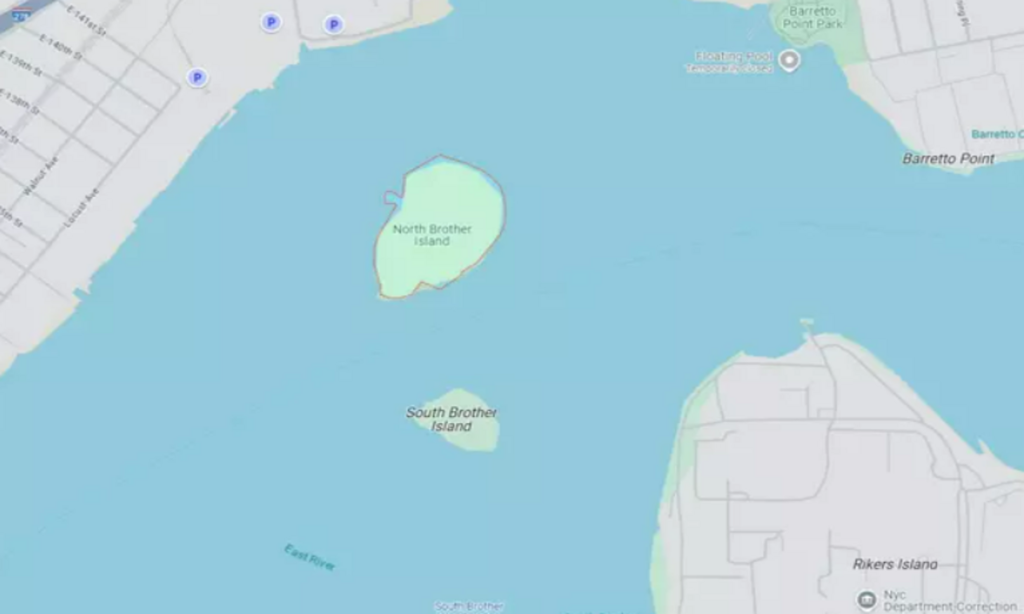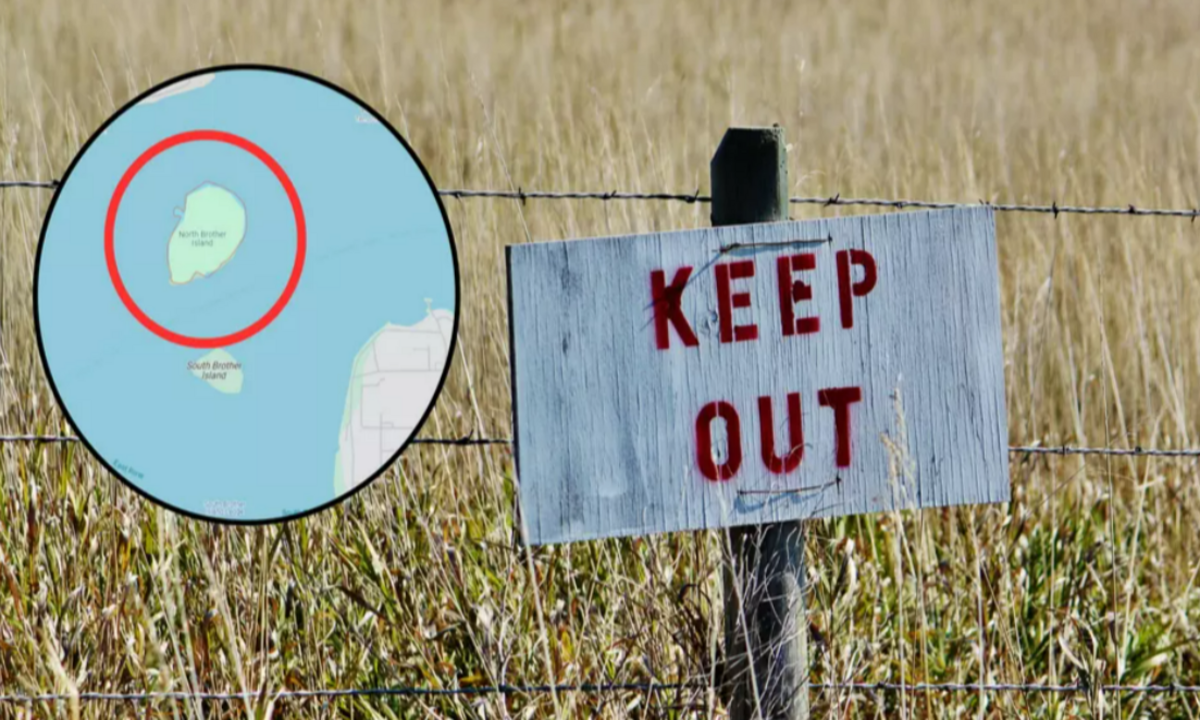Hidden in plain sight in New York City’s East River, North Brother Island is one of the most mysterious and off-limits places in the city. Once home to a quarantine hospital and later a rehabilitation center, the island is now abandoned and closed to the public, serving as a protected bird sanctuary.
Despite its eerie silence today, North Brother Island has a dark and tragic history filled with disease outbreaks, deadly shipwrecks, and forgotten stories of those who once lived there.
A Quarantine Hospital for Deadly Diseases
North Brother Island’s history dates back to the 1880s, when Riverside Hospital was built to treat patients suffering from highly contagious diseases such as smallpox, tuberculosis, and typhoid fever. The hospital was moved from Roosevelt Island to North Brother to keep infected individuals away from the city’s population.
Perhaps the most infamous resident of the island was Mary Mallon, better known as “Typhoid Mary.” She was the first recorded carrier of typhoid fever in the U.S. and was forcibly quarantined on North Brother Island for over 20 years until she died in 1938.
Many people who were sent to the hospital never left the island, as there were no effective treatments for many of these diseases at the time. The island became a place of isolation and death, earning its reputation as a forbidden place.
The General Slocum Disaster: A Tragedy in NYC’s Waters
North Brother Island is also linked to one of New York City’s worst maritime disasters. On June 15, 1904, the General Slocum steamship caught fire while carrying over 1,300 passengers, mostly women and children from a church group.
The fire spread quickly, and over 1,000 people died, either from burns or drowning as they tried to escape. Many of the victims’ bodies washed ashore on North Brother Island, turning the island into a temporary morgue.
This tragedy remains one of the deadliest disasters in New York history, second only to 9/11 in terms of civilian deaths.
A Home for War Veterans and Drug Rehabilitation
After World War II, the hospital closed, and the island was repurposed as temporary housing for veterans and their families. However, this didn’t last long, and by 1952, North Brother Island was transformed into a rehabilitation center for heroin addicts, mostly young drug users.
The center was one of the first attempts in the U.S. to treat addiction as a medical condition rather than a crime. However, the program faced corruption, abuse, and high failure rates, leading to its closure in 1963.
Abandoned and Off-Limits: A Bird Sanctuary Today
Since the 1960s, North Brother Island has remained abandoned. The decaying hospital buildings are overgrown with trees and vines, giving the island an apocalyptic feel.
Today, the island is owned by the city and is designated as a protected bird sanctuary, home to species such as herons, cormorants, and egrets. Public access is strictly prohibited, except for limited visits by researchers and conservationists.
A Forgotten Piece of NYC History
Although North Brother Island remains off-limits, its history as a quarantine site, disaster zone, and rehabilitation center continues to fascinate historians and urban explorers alike.
While the idea of opening the island to the public has been discussed, safety concerns and its role as a wildlife sanctuary have kept it closed.
For now, this eerie, forgotten island remains one of New York’s most mysterious places, a silent witness to its tragic past.
Disclaimer—Our team has checked this article to ensure its accuracy and eliminate any misinformation. We are committed to providing clear and reliable information for our readers.


